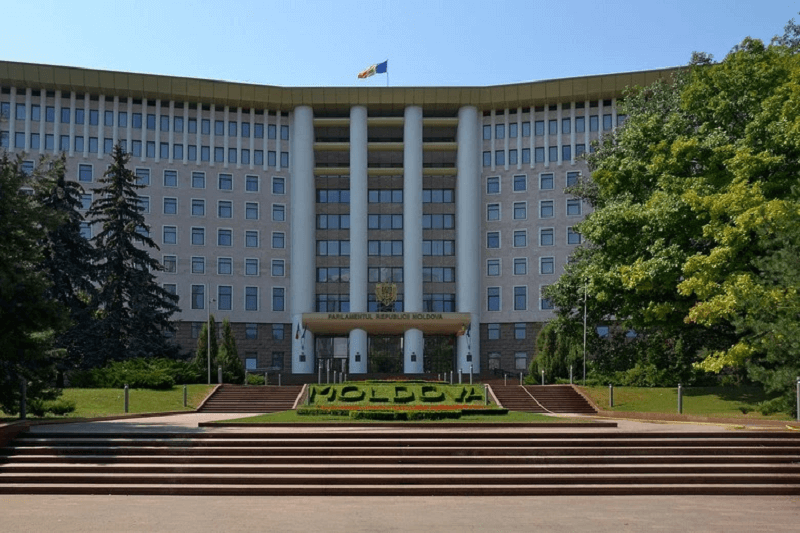
Unlocking Moldova’s Potential: A Strategic Approach
Discussions about Moldova’s future have been prompted by worries that a spillover effect from Russia’s invasion of Ukraine in 2022 may affect that country as well. The dominant narrative, which compares Moldova’s potential membership in the EU to the aftermath of Ukraine, emphasizes this possibility, but it misses a significant window of opportunity. Not only should Moldova be viewed as a possible Ukraine duplicate, but also as Russia’s model for what it eventually accomplished in Ukraine. As a result, it is essential to change the way we think about Moldova and acknowledge the special opportunity it offers.
The situation in Moldova cannot be understood in isolation from its historical and geopolitical background. For millennia, the territory in the western Black Sea region has served as a focal point for warfare and imperial exchange, with dominant countries competing for control. A sizeable section of the population of Moldova today wishes to be united with Romania due to the two countries’ close historical links. Moldova’s complicated past, which included years under Ottoman and Russian rule, has had a lasting impact on its identity and geopolitical predicament.
One of Moldova’s problems continues to be the frozen conflict in Transnistria, a breakaway province sponsored by Russia. For Moldova’s stability and sovereignty, this problem must be resolved. An option for a strategic move would be for Moldova to acknowledge Transnistria’s independence, giving it more power over its course and promoting economic expansion. To boost Moldova’s economy and ensure a seamless transition, this road, however, calls on unwavering support from the international community, especially Romania and the United States.
Keep Reading
One of Moldova’s problems continues to be the frozen conflict in Transnistria, a breakaway province sponsored by Russia. For Moldova’s stability and sovereignty, this problem must be resolved. An option for a strategic move would be for Moldova to acknowledge Transnistria’s independence, giving it more power over its course and promoting economic expansion. To boost Moldova’s economy and ensure a seamless transition, this road, however, calls on unwavering support from the international community, especially Romania and the United States.
A surge in foreign investment could help Moldova’s economy grow and prosper. By collaborating with Romania and its neighbors, Moldova could look into a range of initiatives to improve infrastructure and trade prospects, including trilateral energy projects. The strategic plan for Moldova should place a strong emphasis on reforms that encourage foreign investment, tax reforms, and anti-corruption measures.
For security and development in Eastern Europe, Moldova represents a singular strategic opportunity. The West can create a future in which Moldova stands as a symbol of development, stability, and independence by adopting Moldova as a model for a thriving post-war Ukraine and offering extensive economic and political support. It is an opportunity to support Ukraine’s continued development as well as Moldova and the larger geopolitical environment of Eastern Europe. It is important to grab this chance and take firm action; Moldova’s potential should not be overlooked or undervalued.




